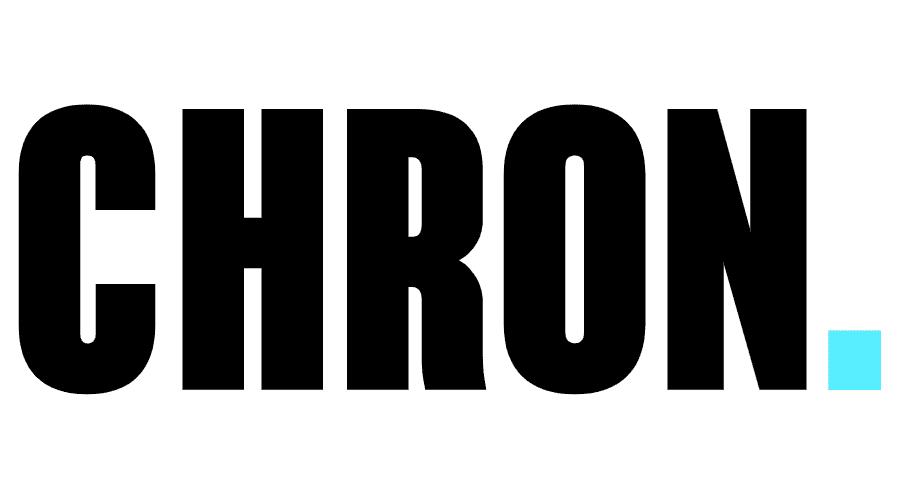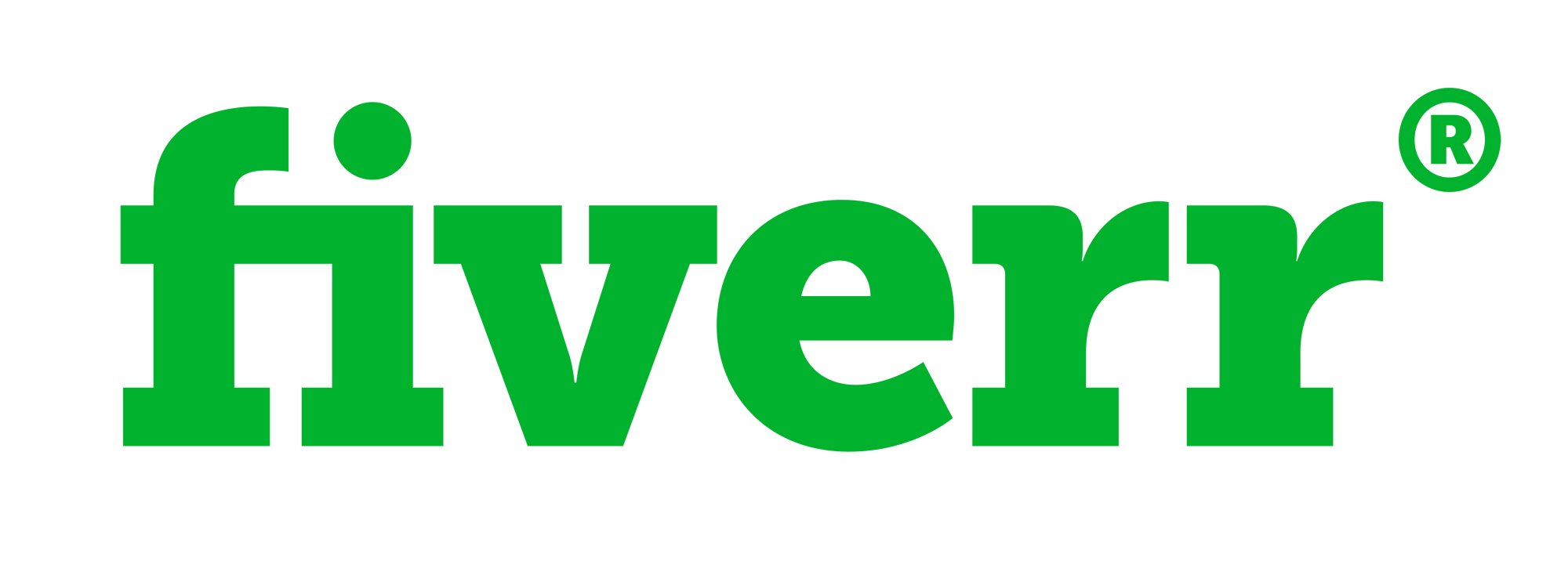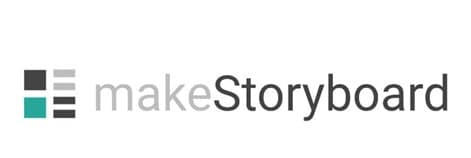Hello Dear Whiteboard Video Expert
If you want to improve this article or suggest your version of this article, don't be so hesitant to send the letter
If you want to improve this article or suggest your version of this article, don't be so hesitant to send the letter
Whiteboard animations can be created using either recording equipment or special software that does not require camera recording. In the case of recording equipment, a camera is used to record the artist drawing the illustrations on a physical whiteboard. This process can be time-consuming and requires a certain level of skill from the artist to ensure that the drawings are clear and easy to follow. Additionally, recording equipment can be expensive, especially if high-quality cameras and lighting equipment are required to ensure that the drawings are captured clearly.
Alternatively, there are several software options available that allow for the creation of whiteboard animations without the need for recording equipment. These software tools provide a library of pre-made illustrations and animations that can be used to create a whiteboard animation. This approach requires less skill on the part of the artist but may result in animations that are less unique and customized.
 The cost of creating a whiteboard animation can vary depending on the approach taken. Using recording equipment can be expensive due to the need for high-quality cameras and lighting equipment. However, this approach may result in a more personalized and unique animation that is tailored to the specific needs of the business or organization. On the other hand, using software tools to create the animation may be more cost-effective, but may result in a less customized and unique animation.
The cost of creating a whiteboard animation can vary depending on the approach taken. Using recording equipment can be expensive due to the need for high-quality cameras and lighting equipment. However, this approach may result in a more personalized and unique animation that is tailored to the specific needs of the business or organization. On the other hand, using software tools to create the animation may be more cost-effective, but may result in a less customized and unique animation.
Ultimately, the approach taken will depend on the needs and budget of the business or organization creating the animation. Regardless of the approach taken, a clear and comprehensive project brief is essential for ensuring that the animation effectively communicates the desired message to the intended audience.
This template provides a structured format for outlining the key aspects of a whiteboard animation project, including its goals, target audience, message, branding guidelines, style preferences, technical requirements, and timeline.
| Section | Description |
|---|---|
| Project Title | [Your project title] |
| Project Description | [Brief description of the project goals and main purpose of the whiteboard animation] |
| Target Audience | [Description of the target audience, including demographics, interests, and preferences] |
| Message | [Key message or concept to be conveyed in the whiteboard animation] |
| Branding Guidelines | [Description of the brand's visual identity, including logo design, colors, and typography] |
| Style Preferences | [Description of the desired animation style (e.g., hand-drawn, minimalist) and any specific visual or audio elements to be included] |
| Technical Requirements |
|
| Timeline | [Proposed timeline for script development, storyboard creation, animation production, and finalization] |
| Delivery | [Method of delivering the final whiteboard animation, such as email, file sharing platform, or cloud storage] |
Defining the project goals is a crucial step in creating a successful whiteboard animation, regardless of whether it is created using recording equipment or special software tools. In order to effectively convey complex ideas and information, it is essential to have a clear understanding of what the animation should accomplish and who the intended audience is.
When creating a whiteboard animation using recording equipment, the project goals may be defined by the specific message that the business or organization wants to communicate. For example, the animation may be used to explain a new product or service, provide an overview of a complex process, or deliver a training message to employees. The use of recording equipment allows for a more customized and personalized approach to the animation, as the artist can create unique illustrations that are tailored to the specific needs of the project.
In contrast, when using special software tools to create a whiteboard animation, the project goals may be defined by the pre-made illustrations and animations that are available in the software library. While this approach may result in animations that are less unique and customized, it can be more cost-effective and efficient, as the illustrations and animations have already been created.
Regardless of the approach taken, it is important to be specific and clear about the desired outcome of the animation. This includes defining the intended audience, the message that the animation should convey, and any specific objectives that should be achieved through the animation. By defining the project goals in a clear and comprehensive manner, businesses and organizations can ensure that their whiteboard animation effectively communicates the desired message to the intended audience.
Here are some examples of goals and objectives for a whiteboard animation:
On the Internet you can find a lot of good work that can serve as an example for creating a video. Developing your own style is always copying and mixing existing works. You can always cross several styles to achieve the desired result in both illustration and animation.

Vimeo, Inc. is an American video hosting, sharing, and services platform provider headquartered in New York City. Vimeo focuses on the delivery of high-definition video across a range of devices. Vimeo's business model is through software as a service.
Google rank: 4.4
Pinterest is an image sharing and social media service designed to enable saving and discovery of information on the internet using images, and on a smaller scale, animated GIFs and videos, in the form of pinboards.
Google rank: 6.4
YouTube is an American online video sharing and social media platform headquartered in San Bruno, California. It was launched on February 14, 2005, by Steve Chen, Chad Hurley, and Jawed Karim. It is owned by Google, and is the second most visited website, after Google Search.
Google rank: 9.4
When establishing the timeline and budget for a whiteboard animation project, it is important to consider the approach being used, whether recording video or using special software tools that don't require camera recording.
If recording video, the timeline and budget will need to take into account the time needed to film the video, as well as any additional editing and post-production work required. This approach may be more time-consuming and costly, as it requires hiring a professional videographer, equipment rental, and post-production editing costs. However, this approach may result in a more personalized and customized animation that effectively communicates the desired message.
On the other hand, if using special software tools to create the whiteboard animation, the timeline and budget may be shorter and less expensive. The software provides pre-made illustrations and animations that can be used to create the animation, and the final product can be generated quickly and efficiently. This approach is often more cost-effective than recording video, and may be a good option for businesses or organizations with limited budgets.
In terms of budget, there are several types of budget that can be used for whiteboard animation projects:
By establishing a realistic timeline and budget for the whiteboard animation project, businesses and organizations can ensure that they achieve their desired outcome while staying within their financial constraints.

As a freelancer or small business owner, one of the most important decisions you must make is whether to set your prices at a fixed rate or bill by the hour. Most customers have budgetary concerns, with price often the deciding factor for choosing a vendor.
Resources for analise budget

Upwork connects businesses with independent professionals and agencies around the globe. Where companies and freelancers work together in new ways that .
Google rank: 4.4
Join the thousands of entrepreneurs who are launching their contests every week and harnessing the awesome power of crowdsourcing.
Google rank: 6.4

Another staple competitor analysis tool for SEO is Ahrefs’ site explorer, which allows you to check any URL’s top organic keywords. Additionally, you get a rough estimate of how much traffic a competitor receives on those keywords.
Google rank: 9.4
When outlining the script for a whiteboard animation project, the approach may vary depending on whether the animation is intended to serve as sales or educational content, and whether the project is being recorded with video or created with special tools that don't require camera recording.
If the whiteboard animation is intended to serve as sales content, the script should be designed to highlight the key features and benefits of the product or service being promoted. The script should be written in a way that is persuasive and compelling, using persuasive language that appeals to the emotions and desires of the target audience. This approach may involve incorporating a story or scenario that illustrates how the product or service can help solve a problem or meet a specific need, and incorporating a clear call-to-action that encourages the viewer to take the next step in the sales process.
On the other hand, if the whiteboard animation is intended to serve as educational content, the script should be designed to communicate complex concepts or ideas in a clear and easy-to-understand way. The script should be written in a way that is informative and educational, using language that is accessible and understandable to the target audience. This approach may involve breaking down complex concepts into simple, easy-to-understand steps, and incorporating visual aids or examples to illustrate key points.
Regardless of whether the animation is intended for sales or educational purposes, it is important to keep the target audience in mind when outlining the script. The script should be tailored to the needs, interests, and preferences of the target audience, and should be written in a way that effectively communicates the desired message.
In terms of the approach used for recording the video or using special tools that don't require camera recording, the script should be designed to fit the specific medium being used. If recording video, the script should be written in a way that is concise and easy to follow, with clear and concise language that is easily understood. On the other hand, if using special software tools, the script may be longer and more detailed, as the animation artist has more control over the timing and pacing of the animation. Ultimately, the script should be tailored to the specific needs of the project, and should be designed to effectively communicate the desired message to the target audience.
The script can be written for sales and can carry educational information. The illustrations complement the script, often emphasizing what was not included in the script. This scientific information or commercial text should answer the main questions.
Questions to be answered by the script
Whiteboard marketing sales script is a way to attract a potential customer.
When writing a script, it is important not to miss the basic steps of presenting information.
Commercial whiteboard script has a few steps:

We read a lot in the SEO world about things like keyword research , analyzing your competitors, and other things to get traffic to your site. But I don’t see information very often about deciding who your target audience is and how to make sure your keyword choices will actually reach them. This is one way to take your keyword research to the next level, and it’s well worth the effort. So rather than trying to guess whether your SEO or PPC ads are appearing in front of the right people, here are some tools you can use to make sure.
Read more
The underlying principle of voiceover is, the voiceover explains what might be overlooked in the visual, such as tone, mood, etc. while incorporating personality, reliability, and quality.
Another pro tip is avoiding of uttering “umm,” “ahh,” and “uhh” sounds. Because the nemesis of voice over is hesitation!
In an advertising piece like explainer videos, the ideal pace is between words per minute — and not any faster . Speaking too fast can make arise as sales, as though you're trying to pitch in something.
Questions that VO should answer

Voices is the world's #1 Voice Marketplace, with over 2 million registered users. Since 2005, the biggest and most beloved brands have entrusted Voices to help them find professionals to bring their projects to life. Headquartered in London, Canada, Voices helps match clients with voice over, music, audio production, and translation professionals in over 160 countries.
Google rank: 4.4

Music Radio Creative helps podcasters, DJs, radio stations and businesses with custom voice overs, jingles, royalty free music and more. Our team can help with custom audio requirements. Simply contact us for a bespoke quote.
Google rank: 6.4

Voquent is an online voice over agency and audio production company producing and translating audio remotely from end to end in hundreds of languages.
Google rank: 9.4
When sketching the storyboard for a whiteboard animation project, the approach may vary depending on whether the animation is being recorded with video or created with special software tools.
For video recording, the storyboard should guide the filming process and ensure that the desired shots and sequences are captured. On the other hand, for animation software tools, the storyboard should focus on the timing and pacing of the animation. Regardless of the approach used, the storyboard should effectively communicate the desired message to the target audience, and the sketches and notes should be clear and easy to understand. It's important to tailor the storyboard to the specific medium being used to ensure that the final product effectively communicates the desired message and engages the target audience.
Top tools that can help to create storyboard:

The easiest way to create storyboards for video. Write a script, add visuals and collaborate with your team in seconds.
Google rank: 4.4

Boords makes it easy to keep track of versions, make revisions in an efficient way, and makes the storyboarding process more collaborative.
Google rank: 6.4

MakeStoryboard is online storyboarding software that lets you create and share storyboards quickly and easily. Get started now.
Google rank: 9.4
Whiteboard animation can be created in two ways: hand-drawn animation that is captured through a camera, or by using motion graphic tools to simulate the hand-drawn animation effect. The process involves creating a video that simulates drawing on a whiteboard with text, images, and diagrams being sketched out in real-time. Strong drawing skills are crucial for creating visually appealing and easy to understand characters, objects, and concepts. To record the animation, you may need a camera and lighting equipment, or you can use specialized software tools that do not require camera shooting. Editing software such as Adobe Premiere or Final Cut Pro is used to add sound, text, and other elements to the animation to enhance its impact and make it more engaging for the audience. Motion graphics is an alternative approach to whiteboard animation that uses specialized software tools to create engaging and visually appealing videos, involving storyboarding, design, and animation, and can bring complex concepts to life in a way that is both informative and entertaining.
For a simple video on the internet to exist a lot of free tools:
Make videos in minutes with Powtoon. Use our library of styles, characters, backgrounds and video, or upload your own! Free. Easy. Awesome. Sign up today!
Google rank: 4.4
Create, host, and share marketing videos with Wave.video, a powerful video marketing platform. Make animations and explainer videos with Animatron Studio.
Google rank: 6.4
Raw Shorts is an artificial intelligence video editor and text to video maker that helps businesses make explainer videos, animations and promo videos for the ...
Google rank: 9.4
For complex animation or to create something from scratch, programs are used that are mostly paid. Below are the most popular programs for which you can easily find performers on the Internet.
Popular tools for animation:Adobe After Effects is a digital visual effects, motion graphics, and compositing application developed by Adobe Systems and used in the post-production process of film making, video games and television production. Among other things, After Effects can be used for keying, tracking, compositing, and animation.
Google rank: 4.4

Toon Boom's software is used by industry leading 2D animation studios and freelancers to create award winning feature films and TV series.
Google rank: 6.4
Sound design is a crucial part of whiteboard animation, as it can enhance the impact and effectiveness of the animation by adding sound effects, music, and narration. Sound design should consider the tone, mood, and intended audience, and the volume and pacing of the sound elements should complement the visuals. One common sound effect used in whiteboard animation is the sound marker on board, which simulates the sound of a marker writing on a whiteboard. This effect can help guide the viewer's attention, add emphasis, and create a more immersive experience.
For a simple video on the internet to exist a lot of free tools:
Discover 1910983 Royalty Free Music tracks and audio files from only $1 on AudioJungle. Buy Royalty Free Music from a Global Community of Musicians and ...
Google rank: 4.4
Explore the ultimate royalty-free music & sound effects catalogs for unlimited use in YouTube videos, social media & films created by inspiring indie ...
Google rank: 6.4

Get unlimited access to our music and sound effects catalog for your videos, streams and podcasts. Our license comes with all necessary rights included.
Google rank: 9.4

SEO Specialist and Content Marketer
B2B SaaS Content Writer | Freelance Content Writer | SEO Blog Writer | Long-form Article Writing
Portfolio: https://medium.com/@krunalmisal

Click the chat icon below to start a conversation with our AI assistant and take the first step toward mastering project documentation!